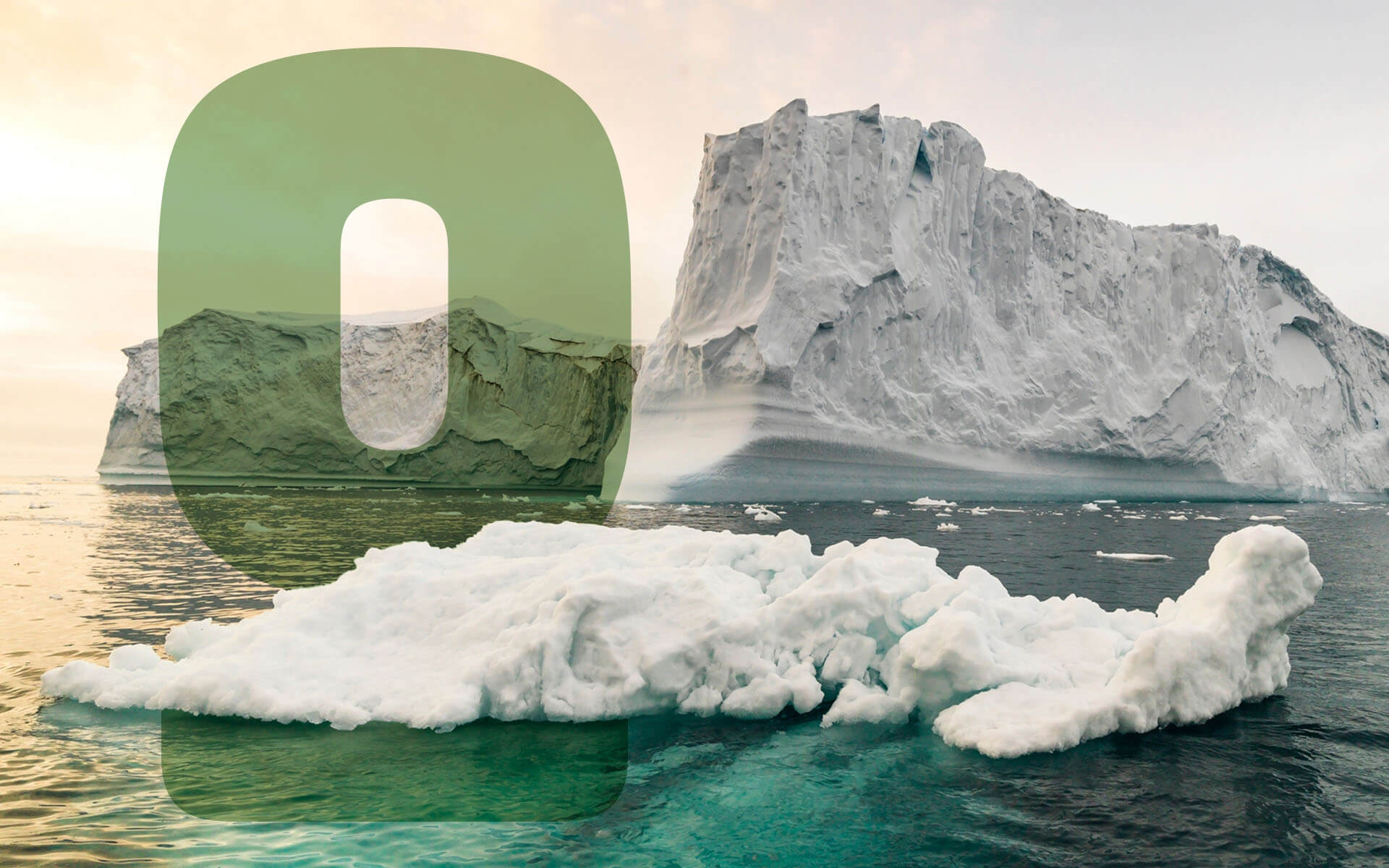
Everything You Need to Know About Melting Ice Caps
We are reader-supported. When you buy through links on our site, we may earn affiliate commission.
Earth is currently losing 1.2 trillion tons of ice a year. As temperatures rise this trend could continue. Here is everything you need to know about melting ice caps.
Why Are they Melting?
Human activities, such as manufacturing, are the main cause of melting ice caps. When carbon dioxide and other greenhouse gasses are emitted, it raises the temperature. As the gasses take in infrared energy they remit it in all directions. Then half of this returns to earth as heat. The warmth then lowers the temperature at the poles.
How Does This Impact Us?
As the ice caps melt it raises sea levels, which increase coastal erosion and storm surges. In fact, the global sea mean level has risen 8-9 inches since 1880. This can lead to excess flooding and leave coastal towns vulnerable. Here are some more ways melting ice caps impact our community.
1. Higher Temperatures
The Arctic and Antarctica help to cool down the earth. The snow and ice reflect heat into space. With less ice more heat remains on earth, raising temperatures and leading to heatwaves worldwide. The rising temperatures also disturb the wind systems causing colder winters. These extreme temperatures can be harmful to humans and wildlife.
2. Disruption of the Agricultural System
Unpredictable weather can damage crops, leading to a food shortage. Another issue is higher temperatures spoil food and limit water resources. In addition, there may be a spike in prices due to a lower supply. In 2021, food prices increased up to 7% from December. Climate change impacts are also seen in terms of food transportation. Severe storms can make this process unsafe.
3. Shipping Issues
The melting of ice caps will open up new shipping routes in the Arctic. While this seems like a good thing, it may be dangerous. The ice is thicker and stronger, making it more challenging for sailors to navigate. Being in unsafe water then makes any shipwrecks or oil spills harder to take care of.
4. Wildlife Endangerment
Marine animals, such as polar bears and walruses, that depend on the ice for survival are in danger. Other species that depend on polar bears, including humans, are impacted as well. Plus, rising sea levels harm wildlife outside the Arctic. Besides animals, algae and phytoplankton populations are declining faster.
5. Increase in Permafrost
Permafrost is when the ground is permanently frozen. It stores lots of methane and when released increases global warming. In turn, this causes more ice to melt and continues the cycle. Methane can also decrease air quality, cause health issues, and lower crop yields.
How to Stop Melting Ice Caps
The melting of ice caps can create problems for humans and animals. The process is mainly caused by the emission of greenhouse gasses. Here are some things you can do to help reduce the problem.
1. Lower Your Electricity Usage
You use about 893 kWh of electricity per month. This can come from charging your electronics or powering your lights. However, electricity produces the second-largest share of greenhouse gas emissions. Therefore, consider reducing your daily consumption.
Here are some tips to get you started:
- Unplug your computer at night
- Switch to LED bulbs
- Let in natural light
- Turn off lights when you’re not using them
- Buy energy-efficient appliances
2. Switch to Clean Energy
We burn fossil fuels for energy used to heat homes and cook. However, these emit greenhouse gasses and waste valuable resources. Therefore, consider switching to clean energy sources, such as solar wind. For example, you could install solar panels on your roof. Besides the environmental benefits, the switch can increase jobs and preserve natural resources.
3. Reduce Your Driving Mileage and Take Public Transportation
Cars emit about three billion metric tons of carbon dioxide. So, try to drive less whenever you can. In addition, use public transportation or carpool. This will also save you money on gas. If you do drive, consider replacing your engine with a hybrid model. These have a combustion engine and an electric motor, which is better for the environment. It also runs cleaner and has better gas mileage.
4. Plant More Trees
Trees absorb about 48 pounds of carbon dioxide. So, they can help to reduce greenhouse gas emissions. Also, they can provide shade and enhance the curb appeal of an area. Therefore, consider planting more trees in your yard or local community garden. Another fun idea is to participate in the arbor day tradition with your family.
5. Reduce Your Plastic Consumption
About 60% of plastic ends up in landfills. These then take years to decompose and release greenhouse gasses. Some of it is even carried into the ocean where it can harm marine life. Therefore, try to use less plastic daily. For example, invest in a reusable water bottle. Another good idea is to bring cloth bags when you go shopping.
The Truth About Melting Ice Caps
Climate change is currently a trending topic. One of its impacts is melting ice caps due to greenhouse gas emissions. Much of this comes from human activities, such as construction. So, take steps to reduce your carbon footprint, such as switching to clean energy and using less plastic. This change won’t happen overnight but it can go faster if we all work together to solve the problem.
Share on
Like what you read? Join other Environment.co readers!
Get the latest updates on our planet by subscribing to the Environment.co newsletter!
About the author

Jane Marsh
Starting from an early age, Jane Marsh loved all animals and became a budding environmentalist. Now, Jane works as the Editor-in-Chief of Environment.co where she covers topics related to climate policy, renewable energy, the food industry, and more.





